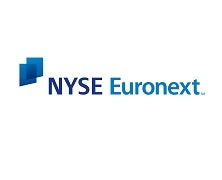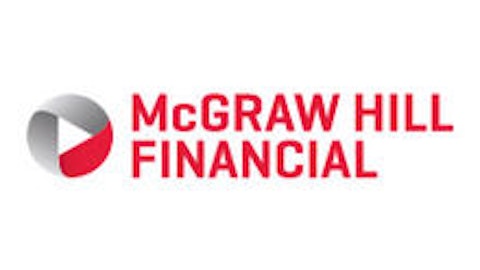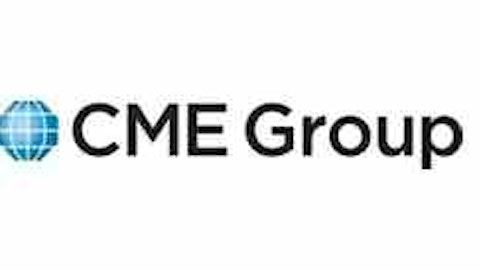On this day in economic and business history…
History has many examples of ruinous hyperinflation. The most infamous might be that of Weimar Germany, whose hyperinflationary episode is often blamed for the rise of the National Socialists. The most common modern analogue is Zimbabwe’s sextillion-percent hyperinflation. However, the worst hyperinflation the world has ever seen peaked on July 31, 1946 in Hungary. At this point, a monthly inflation rate of 42 quintillion percent meant that prices were doubling every 15 hours.
Hungary had the particularly bad fortune to be devastated by two successive world wars, perhaps to a greater degree than its German ally had been. The collapse of the Austro-Hungarian monarchy following a loss in World War I, combined with Allied demands for ethnic autonomy for the Austro-Hungarian Empire’s peoples, led to a fracture of territory that eventually restored Hungary as a constitutional monarchy in 1920, in a state greatly smaller than the prewar Kingdom of Hungary. This upheaval wracked the Hungarian economy, and four years after its creation the new Hungary introduced the pengo as part of a monetary-stabilization policy. This currency eventually became the least stable currency in history following the Second World War.

By the time hyperinflation peaked in the middle of 1946, the pengo had endured nearly a year in which every single day brought a 19% rise in prices. Prices increased so quickly that printing presses could not keep pace, even though Hungary would eventually issue the largest-denomination banknote ever seen near the end of this year of hyperinflation: the 100 quintillion-pengo bill.
The pengo was worthless by this point. The government, backed into a corner, introduced a currency called the forint, which was to be exchanged at a rate of one forint for every 400 octillion pengo — a number so large it must be represented with 29 zeroes after the four. After the forint’s introduction, Hungarians were seen shoveling pengo notes into the sewers like so much horse plop, as all the pengo notes in circulation in the entire country had been deemed worth only a fraction of a single redenominated Hungarian cent.

Source: Mizerak Istvan via Wikimedia Commons.
The stock market shutdown
On July 31, 1914, with a war in Europe inevitable and panicked investors stampeding for a liquid exit, the governors of the NYSE Euronext (NYSE:NYX) took the unprecedented step of shutting down all trading for an indefinite length of time. This action had never before taken in the history of American exchanges, but it was considered necessary to counteract the widespread shutdown of European exchanges, which had funneled a tremendous amount of European panic sales into the NYSE and other American markets. Other exchanges around the country soon joined the shutdown, and before the opening bell was rung the nation’s stock tickers had gone silent on what would have otherwise been a very eventful Friday morning.





